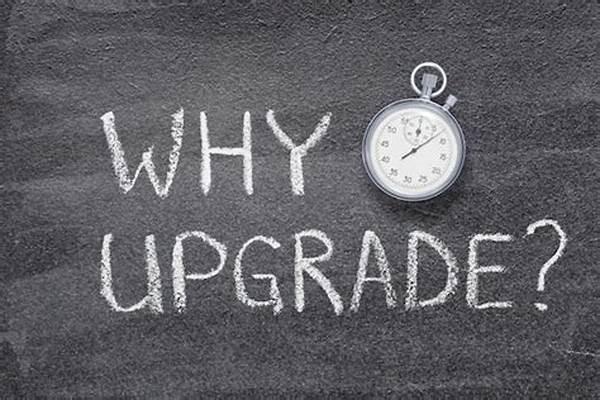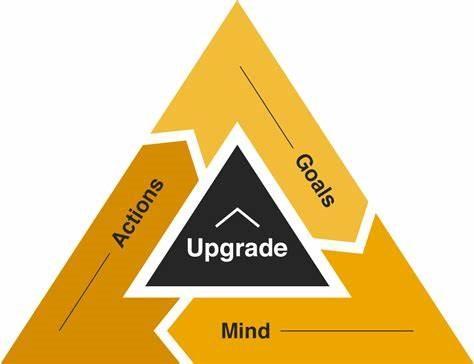The Proposition
IS IT TIME TO UPGRADE
Odoo Migration is vital as per Odoo’s updated policies
To
take advantage of the latest additions, performance improvements, security, and
bug fixes, you may need to update your Odoo installation from time to time.
Every year in October, as a rule, a new version of this ERP is released. Support will be given precisely to the latest 3 versions.
This Odoo data migration will allow them to continue receiving support and
improve their operations with the new functionalities.


Why Upgrade
With the migration of your Odoo 13 to 16, you can get Odoo services which hold the following perks:
Regular Bug fixes
24×7 support from the Odoo team
Additional features and functionalities
Functional Odoo support
Updates and upgrades to the latest version or desired one.
Upgrading allows you to enjoy the latest features and functionality. Odoo latest version comes with a ton of new features and improvements.
Performance has been the
driving factor of Odoo from version to version, and existing modules will also receive
a touch of new features.
Who Should Consider the Odoo 16 Version Update?
The older version becomes slower and ineffective with time, losing its importance and usability.
The newer version is more cost-efficient than your existing Odoo version.
The newer version offers new features, functions, modules, and integrations that help ease operations and management of the business.
Small-scale, mid-scale, and
large enterprises that need modern, flexible, and up-to-date CRM and ERP
solutions.


New Modules Released
Odoo keeps up with the times and releases two to four new modules per year, each with a far more user-friendly interface and interfaces with other applications.
Businesses that require:
To re-engineer current processes
To automate various manual processes
To simplify their business operations.
To correct issues with their existing CRM and ERP software.
System that is faster,
slicker, and more user-friendly
The Proposition
Next Steps
Steps for upgrade of Odoo? How to do Odoo Migration
Identify your Requirement
Identifying and specifying your
requirement is an essential part. It means you need to decide why you are
migrating, your requirements, whether this is the right time to migrate, how
much you will be required to invest on migration (estimate) etc.
